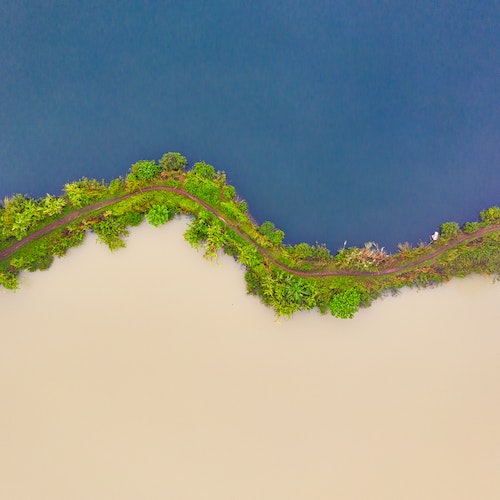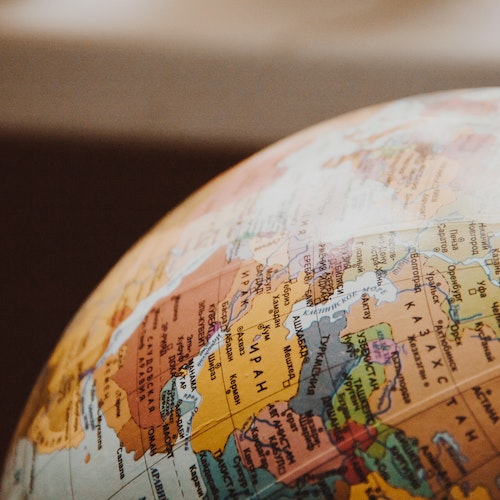
At the point when you consider geology, you likely envision things at godlike scales across scenes — broad mountain ranges, huge bowls, and whole landmasses — and maybe not plants in that frame of mind on a coast some place. Luckily, the American Geological Society, host of November’s Topography 2050 occasion, has remembered a few apparently little things like beach front wetlands. Furthermore, that is something to be thankful for, in light of the fact that it just so happens, mangroves and other waterfront vegetated environments, however they might look little on the world guide, can assume an outsized part in the worldwide fight to neutralize human-caused environmental change. I was respected and eager to join the gathering of scientists introducing in Geology 2050: the Fate of the World Sea, where I examined the issue of mangrove deforestation around the world.
As “blue carbon biological systems,” mangroves sequester carbon. This implies that they remove CO2 from the environment and transform it into plant matter through photosynthesis. A portion of this natural plant matter, alongside a few that washes in from different environments, is then covered in their gathering waterfront silt. These residue are great conditions for natural matter safeguarding, implying that some carbon removes a one-way trip from the air into the ground in these environments. Mangroves right now cover around 137,000 km2 of the World’s surface. That could seem like a great deal, yet woods by and large cover around 40,000,000 km2 – very nearly multiple times more region. But since a given area of mangroves can sequester carbon multiple times more quickly than similar area of earthly timberland, each valuable hectare of these wetlands addresses the best value for our protection money as far as utilizing normal biological systems to moderate environmental change through carbon sequestration and capacity.
Tragically, mangrove region has been declining in ongoing many years, with over 35% lost to deforestation since the mid-twentieth 100 years. Given the ongoing environment emergency, the last thing we ought to do is obliterating biological systems that go about as normal sinks of barometrical carbon. While certain states and exploration organizations are attempting to plan frameworks to eliminate CO2 from the environment through new mechanical means, mangroves do it for nothing. Mangroves likewise give a set-up of other environment administrations, including further developing water quality, encouraging fisheries and the travel industry, and safeguarding shorelines from sea waves and disintegration. Safeguarding, reestablishing, and reasonably dealing with the regular foundation that mangroves and other seaside biological systems give in this way ought to be a high need as we face the difficulties of the 21st hundred years.


